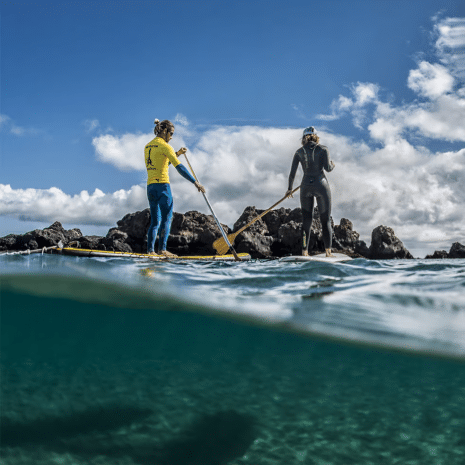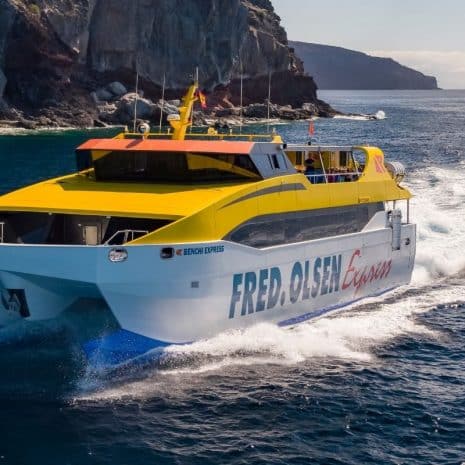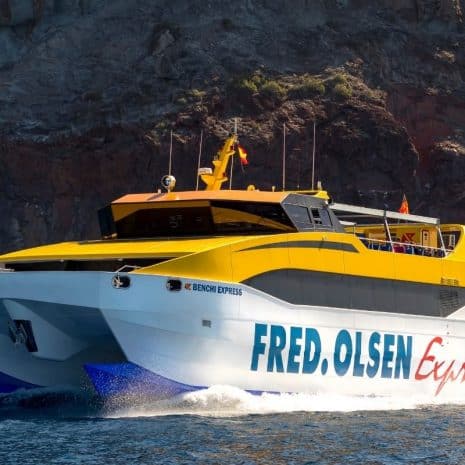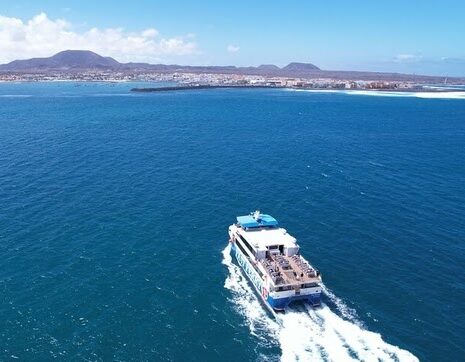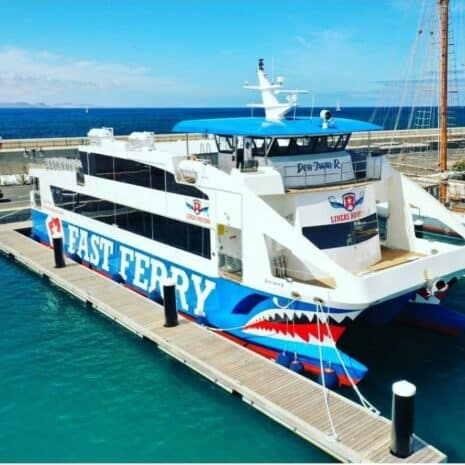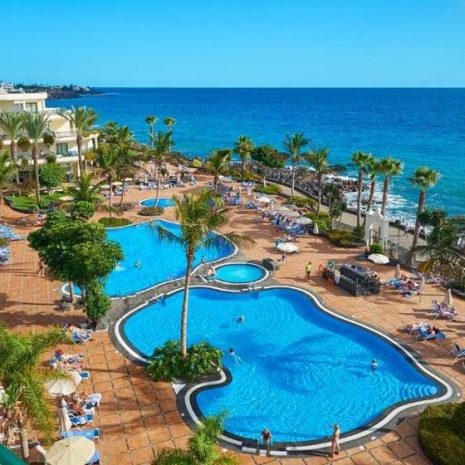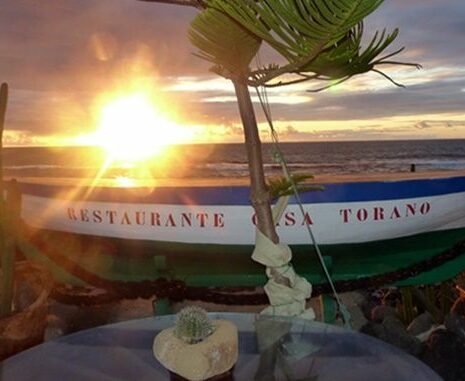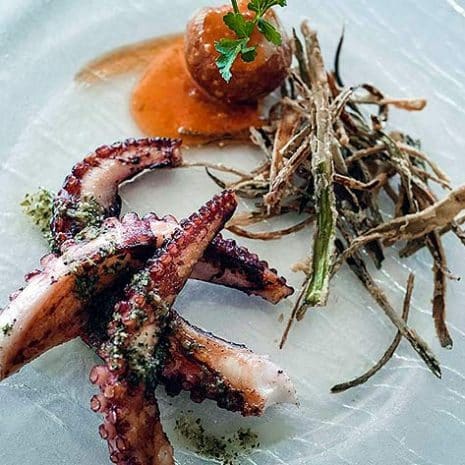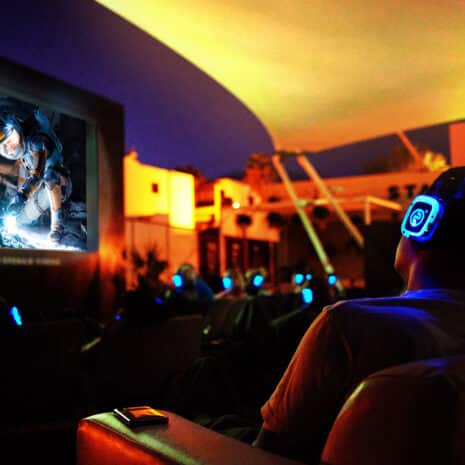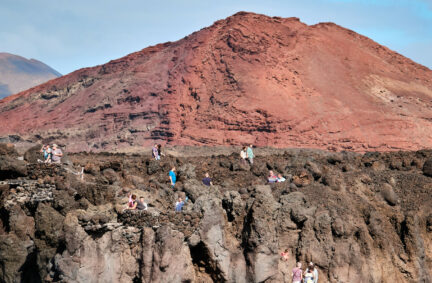Contenido
An island full of charm, Lanzarote is a paradise that has a lot more to offer than its crystal clear waters and white sandy beaches. Did you know, for example, that almost half of the island is protected land? This tells us about how valuable it is but there are many other interesting facts about Lanzarote.
1. One of the world’s longest volcanic tubes
A lava tube is a volcanic cave in the shape of a tunnel and in Lanzarote you can find one of the longest volcanic tubes in the world. It is located to the north of the island and measures almost 7 kilometres in length.
It was formed thousands of years ago, after the eruption of the Corona Volcano, which occurred even beforeTimanfaya had erupted, and is known as the Atlantis Tunnel.
Its final section – approximately one and a half kilometres long – is submerged underwater, forming the longest underwater tube in the world.
Two of Lanzarote’s most emblematic places form part of this volcanic tunnel: la Cueva de los Verdes y los Jameos del Agua.
2. Volcanic vineyards
Another of Lanzarote’s most impressive features are its volcanic vineyards. They are in La Geria and take advantage of the craters to grow the Malvasía Volcánica grape, a variety of grape which produces a unique wine.
Growing grapevines in this way is possible because the volcanic ash helps to keep the soil moist. This has turned the landscape into an unusual field of hollows and walls of volcanic stones.
Tours are available to get a close-up view of this spectacular landscape where the dark colour of the soil contrasts with the green of the vines. And there is nothing like finishing the tour with a visit to a winery to taste the wines of this special region.
3. A green lagoon
The Charco de los Clicos is one of Lanzarote’s most amazing attractions. It is a deep green lagoon that gets its colour from the sulphur and the type of algae that grows in its waters.
It is located near Los Hervideros, in the south of the island, and offers a most peculiar sight in contrast with the black of the sand, the red of the earth and the blue of the ocean.
The lagoon is located in front of a semi-sunken crater and is fed by seawater through underground cracks, as it is not physically next to the sea.
4. The boiling sea
The Hervideros are cliffs that formed when the lava turned toward the sea after the eruption of the Timanfaya volcano. This resulted in these rock formations and underwater caves where an impressive natural phenomenon takes place.ç
As the waves of the sea flow through the holes in the rocks, the water comes out vertically, causing a large amount of steam. This creates the impression that the sea is boiling, which is what gives its name to this enclave, located on the west coast of the Timanfaya National Park.
5. An underwater museum
In Playa Blanca, one of the most touristy areas of the island, you can find one of Lanzarote’s greatest attractions. This is the Atlantic Museum, located in front of the Castillo del Águila.
What makes it so special is that it is the only underwater museum in Europe. It is located at a depth of 12-15 metres and is home to the works of the artist Jason DeCaires Taylor.
To see the dozens of human-shaped statues in this peculiar museum you have to go scuba diving. It is a spectacle only suitable for the most intrepid!
You might be interested…



 Excursions
Excursions 











